Home>Furniture & Design>Bathroom Accessories>What Type Of Caulk For Bathtub
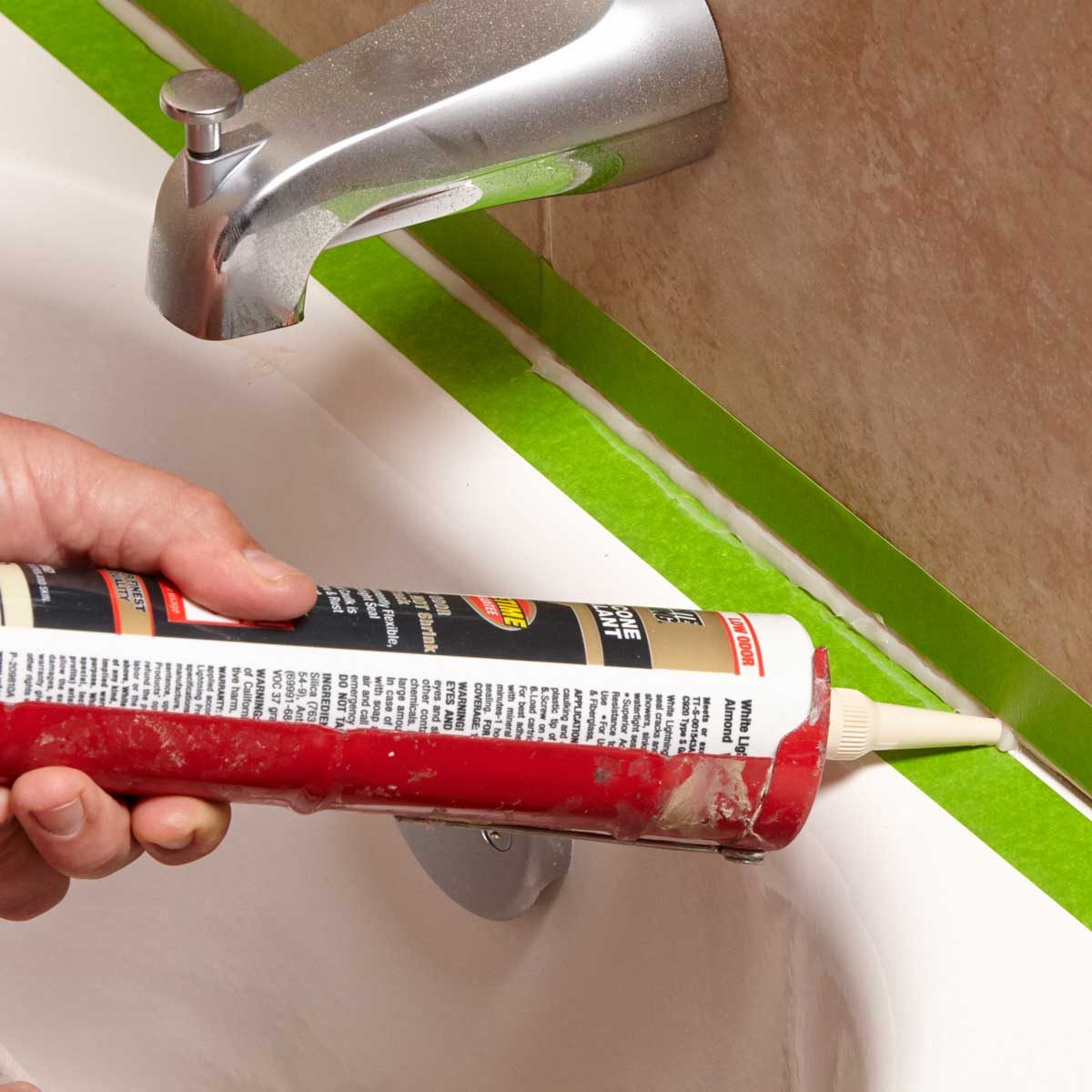

Bathroom Accessories
What Type Of Caulk For Bathtub
Published: February 26, 2024
Find the best caulk for your bathtub with our expert guide. Learn about different types of caulk and how to choose the right one for your bathroom accessories.
(Many of the links in this article redirect to a specific reviewed product. Your purchase of these products through affiliate links helps to generate commission for Storables.com, at no extra cost. Learn more)
Introduction
When it comes to maintaining a pristine and functional bathroom, the importance of choosing the right type of caulk for your bathtub cannot be overstated. Caulk plays a crucial role in sealing gaps and preventing water damage, mold, and mildew growth. However, with various types of caulk available in the market, selecting the most suitable one can be a daunting task. Understanding the unique properties and applications of different caulks is essential for making an informed decision that will ensure the longevity and durability of your bathtub.
In this comprehensive guide, we will delve into the characteristics and uses of various types of caulk, including silicone, acrylic, latex, and polyurethane. By exploring the distinct features of each caulk type, you will gain valuable insights into their strengths and limitations, empowering you to make a well-informed choice for your specific bathtub sealing needs.
Whether you are embarking on a bathroom renovation project or simply seeking to address minor sealing issues, the knowledge gained from this guide will serve as a valuable resource. By the end of this exploration, you will be equipped with the expertise to select the most appropriate caulk for your bathtub, ensuring a watertight seal and safeguarding your bathroom against potential water-related damage.
Key Takeaways:
- Choose silicone caulk for your bathtub for exceptional water resistance, adhesion, and flexibility. It’s low-maintenance and ideal for high-moisture environments, ensuring a reliable and long-lasting seal.
- Consider acrylic caulk for a user-friendly, cost-effective, and paintable option. It offers strong adhesion, ease of application, and versatility in achieving a seamless blend with your bathtub and surrounding decor.
Read more: What Caulk To Use On A Bathtub
Silicone Caulk
Silicone caulk is a popular choice for sealing bathtubs due to its exceptional water resistance and durability. Composed of silicone polymers, this type of caulk offers a flexible and long-lasting seal that effectively prevents water penetration and inhibits the growth of mold and mildew. Its ability to withstand prolonged exposure to moisture makes it an ideal option for sealing joints and gaps in and around bathtubs.
One of the standout features of silicone caulk is its remarkable adhesion to a wide range of materials, including ceramic, glass, metal, and plastic. This versatility allows for seamless application on various surfaces commonly found in bathrooms, ensuring a secure and reliable seal. Additionally, silicone caulk exhibits excellent resistance to temperature fluctuations, remaining stable and intact even in environments prone to extreme heat or cold.
When applying silicone caulk, it is essential to ensure that the surface is clean and dry to promote optimal adhesion. Furthermore, the flexibility of silicone caulk enables it to accommodate the natural movement of bathtub joints without cracking or deteriorating over time. This flexibility is particularly advantageous in environments where structural shifts or vibrations may occur, as it helps maintain the integrity of the seal.
In terms of maintenance, silicone caulk is relatively low-maintenance, requiring minimal attention once applied. Its resistance to mold and mildew growth reduces the need for frequent cleaning and reapplication, contributing to long-term cost-effectiveness. However, it is important to note that silicone caulk is not paintable, which may be a consideration for those seeking a caulk that can be painted to match the bathtub or surrounding decor.
In summary, silicone caulk stands out as a reliable and durable option for sealing bathtubs, offering exceptional water resistance, adhesion, and flexibility. Its ability to withstand moisture and temperature variations makes it a preferred choice for maintaining watertight seals in bathroom environments. By understanding the unique properties of silicone caulk, you can confidently select this versatile sealing solution to safeguard your bathtub against water-related issues and ensure long-lasting protection.
Acrylic Caulk
Acrylic caulk is a versatile and widely used sealing solution that offers a balance of affordability, ease of application, and effective sealing properties. Composed of acrylic polymers and water-based additives, acrylic caulk is known for its paintability, making it an attractive option for those seeking a seamless blend with the bathtub and surrounding decor.
One of the key advantages of acrylic caulk is its ease of application, making it accessible to both DIY enthusiasts and professional contractors. With its smooth and creamy consistency, acrylic caulk can be effortlessly applied to fill gaps and joints around bathtubs, creating a uniform and tidy seal. Its quick drying time further enhances its appeal, allowing for efficient completion of sealing projects without prolonged waiting periods.
In addition to its ease of application, acrylic caulk offers excellent adhesion to a variety of surfaces commonly found in bathrooms, including ceramic, porcelain, and fiberglass. This strong adhesion ensures a secure and reliable seal, effectively preventing water seepage and minimizing the risk of moisture-related issues such as mold and mildew growth.
Furthermore, acrylic caulk's paintability sets it apart as a versatile sealing option, allowing homeowners to customize the appearance of the seal to complement their bathroom aesthetics. Whether matching the caulk to the bathtub color or coordinating it with the surrounding tiles, the ability to paint acrylic caulk provides flexibility in achieving a cohesive and visually appealing finish.
While acrylic caulk exhibits commendable sealing properties and paintability, it is important to note that it may not be as durable as silicone caulk in consistently wet environments. Therefore, it is essential to assess the specific moisture exposure and environmental conditions of the bathtub area when considering acrylic caulk for sealing purposes.
In summary, acrylic caulk offers a user-friendly and customizable sealing solution for bathtubs, combining ease of application, strong adhesion, and paintability. Its versatility makes it a popular choice for individuals seeking a cost-effective and visually adaptable option for sealing gaps and joints in their bathroom. By understanding the characteristics of acrylic caulk, you can confidently utilize this sealing solution to enhance the aesthetics and functionality of your bathtub while effectively preventing water-related issues.
Use silicone caulk for a bathtub as it is waterproof and flexible, preventing water damage and mold growth. Make sure to choose a caulk specifically labeled for use in wet areas.
Latex Caulk
Latex caulk, also known as acrylic latex caulk, is a versatile sealing compound that offers a range of benefits for bathtub applications. Composed of acrylic polymers suspended in water, latex caulk provides a flexible and durable seal that effectively addresses gaps and joints in bathroom environments.
One of the key advantages of latex caulk is its ease of application, making it accessible to both DIY enthusiasts and professional contractors. Its smooth and creamy consistency allows for effortless application, enabling users to achieve a uniform and tidy seal around bathtubs. Additionally, latex caulk's quick drying time facilitates efficient completion of sealing projects, minimizing waiting periods and allowing for swift progress in bathroom maintenance and renovation tasks.
In terms of adhesion, latex caulk demonstrates strong bonding capabilities with various surfaces commonly found in bathrooms, including ceramic, porcelain, and fiberglass. This robust adhesion ensures a secure and reliable seal, effectively preventing water seepage and minimizing the risk of moisture-related issues such as mold and mildew growth. The ability of latex caulk to maintain a durable seal in wet environments makes it a suitable choice for sealing bathtubs and surrounding fixtures.
Furthermore, latex caulk's paintability enhances its versatility, allowing homeowners to customize the appearance of the seal to complement their bathroom aesthetics. Whether matching the caulk to the bathtub color or coordinating it with the surrounding tiles, the ability to paint latex caulk provides flexibility in achieving a cohesive and visually appealing finish.
While latex caulk offers commendable sealing properties and paintability, it is important to consider its limitations in high-moisture environments. In consistently wet areas, such as directly around the bathtub, latex caulk may not provide the same level of water resistance and durability as silicone caulk. Therefore, it is essential to assess the specific moisture exposure and environmental conditions of the bathtub area when considering latex caulk for sealing purposes.
In summary, latex caulk presents a user-friendly and customizable sealing solution for bathtubs, combining ease of application, strong adhesion, and paintability. Its versatility makes it a popular choice for individuals seeking a cost-effective and visually adaptable option for sealing gaps and joints in their bathroom. By understanding the characteristics of latex caulk, you can confidently utilize this sealing solution to enhance the aesthetics and functionality of your bathtub while effectively preventing water-related issues.
Polyurethane Caulk
Polyurethane caulk stands out as a versatile and resilient sealing solution, offering a range of benefits for bathtub applications. Composed of polyurethane polymers, this type of caulk provides a durable and long-lasting seal that effectively addresses gaps and joints in bathroom environments.
One of the standout features of polyurethane caulk is its exceptional adhesion to a wide range of materials commonly found in bathrooms, including ceramic, porcelain, and fiberglass. This strong bonding capability ensures a secure and reliable seal, effectively preventing water seepage and minimizing the risk of moisture-related issues such as mold and mildew growth. The ability of polyurethane caulk to maintain a durable seal in wet environments makes it a suitable choice for sealing bathtubs and surrounding fixtures.
In addition to its robust adhesion, polyurethane caulk offers impressive flexibility, allowing it to accommodate the natural movement of bathtub joints without cracking or deteriorating over time. This flexibility is particularly advantageous in environments where structural shifts or vibrations may occur, as it helps maintain the integrity of the seal. Furthermore, polyurethane caulk exhibits excellent resistance to temperature fluctuations, remaining stable and intact even in environments prone to extreme heat or cold.
Polyurethane caulk's exceptional durability and resistance to moisture make it a reliable option for sealing bathtubs in high-moisture environments. Its ability to withstand prolonged exposure to water and humidity contributes to long-term protection against water damage and ensures the longevity of the seal. Additionally, polyurethane caulk requires minimal maintenance once applied, reducing the need for frequent reapplication and contributing to long-term cost-effectiveness.
While polyurethane caulk offers commendable sealing properties and durability, it is important to note that it is not paintable. Therefore, individuals seeking a caulk that can be painted to match the bathtub or coordinate with the surrounding decor may need to consider alternative options. However, the exceptional sealing performance and longevity of polyurethane caulk make it a compelling choice for those prioritizing durability and moisture resistance in their bathtub sealing endeavors.
In summary, polyurethane caulk presents a resilient and reliable sealing solution for bathtubs, combining exceptional adhesion, flexibility, and moisture resistance. Its versatility makes it a popular choice for individuals seeking a durable and long-lasting option for sealing gaps and joints in their bathroom. By understanding the unique properties of polyurethane caulk, you can confidently utilize this sealing solution to enhance the longevity and functionality of your bathtub while effectively preventing water-related issues.
Read more: What Type Of Caulk For A Vanity Top
Conclusion
In conclusion, the selection of the most suitable caulk for your bathtub is a pivotal decision that directly impacts the longevity, functionality, and aesthetic appeal of your bathroom. Each type of caulk, including silicone, acrylic, latex, and polyurethane, offers distinct properties and advantages, catering to diverse sealing needs and environmental considerations.
Silicone caulk emerges as a top choice for its exceptional water resistance, adhesion, and flexibility, making it an ideal option for maintaining watertight seals in high-moisture environments. Its ability to withstand temperature variations and resist mold and mildew growth positions it as a reliable and low-maintenance sealing solution for bathtubs.
Acrylic caulk, on the other hand, presents a user-friendly and cost-effective option, characterized by its ease of application, strong adhesion, and paintability. Its versatility in achieving a seamless blend with the bathtub and surrounding decor makes it an attractive choice for individuals seeking a customizable sealing solution.
Latex caulk offers a balance of flexibility, adhesion, and paintability, making it a versatile option for sealing bathtubs. Its quick drying time and strong bonding capabilities contribute to its appeal, although considerations regarding its performance in consistently wet environments are essential when evaluating its suitability for specific sealing projects.
Polyurethane caulk stands out as a resilient and durable sealing solution, excelling in adhesion, flexibility, and moisture resistance. Its ability to maintain a secure seal in high-moisture environments and withstand prolonged exposure to water makes it a compelling choice for individuals prioritizing longevity and durability in their bathtub sealing endeavors.
Ultimately, the selection of caulk for your bathtub should be guided by a thorough assessment of the specific environmental conditions, moisture exposure, and desired aesthetic outcomes. By understanding the unique properties and applications of each caulk type, you can make an informed decision that aligns with your sealing priorities and contributes to the overall integrity and functionality of your bathroom.
Whether you prioritize water resistance, paintability, flexibility, or durability, the diverse range of caulk options available empowers you to tailor the sealing solution to your specific bathtub requirements. With this comprehensive understanding of caulk types, you are well-equipped to embark on your bathtub sealing endeavors with confidence, ensuring a secure and long-lasting seal that enhances the resilience and visual appeal of your bathroom.
Frequently Asked Questions about What Type Of Caulk For Bathtub
Was this page helpful?
At Storables.com, we guarantee accurate and reliable information. Our content, validated by Expert Board Contributors, is crafted following stringent Editorial Policies. We're committed to providing you with well-researched, expert-backed insights for all your informational needs.
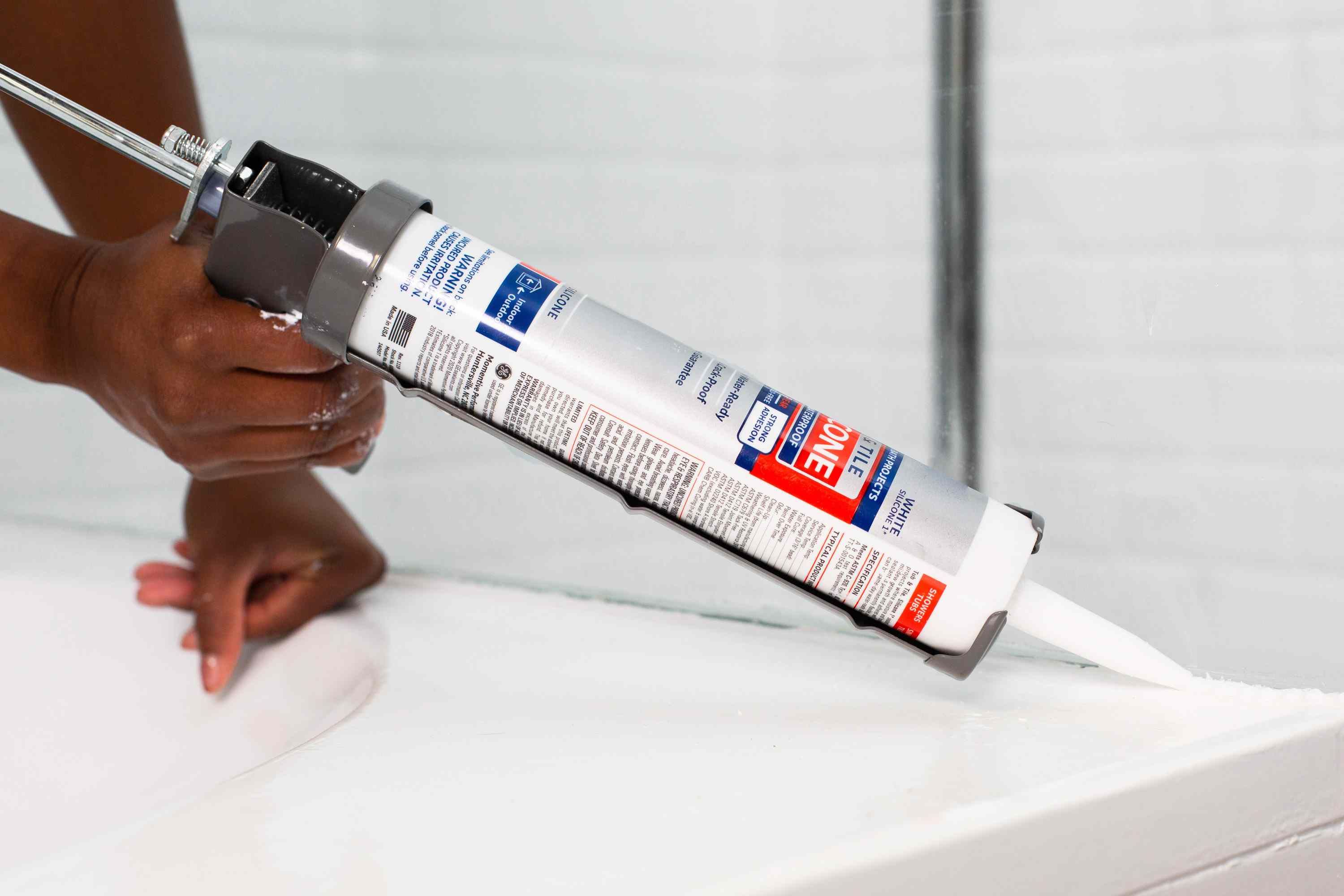
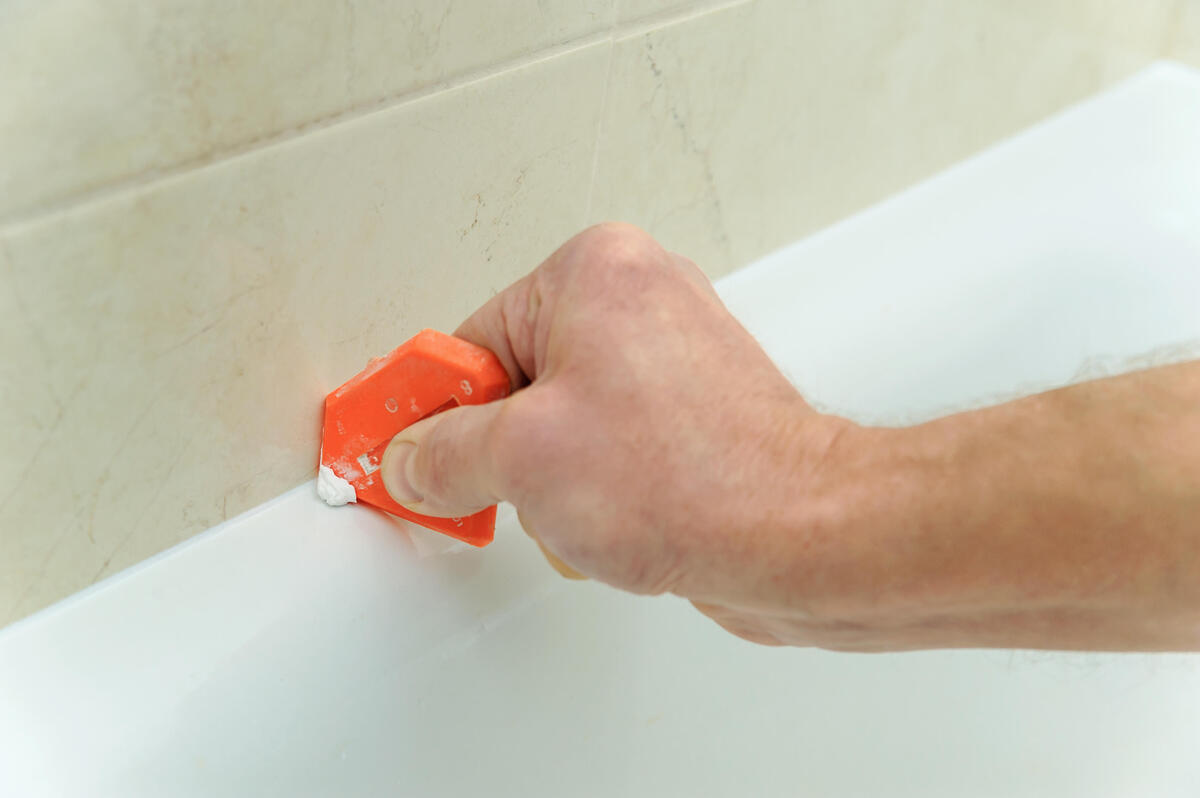
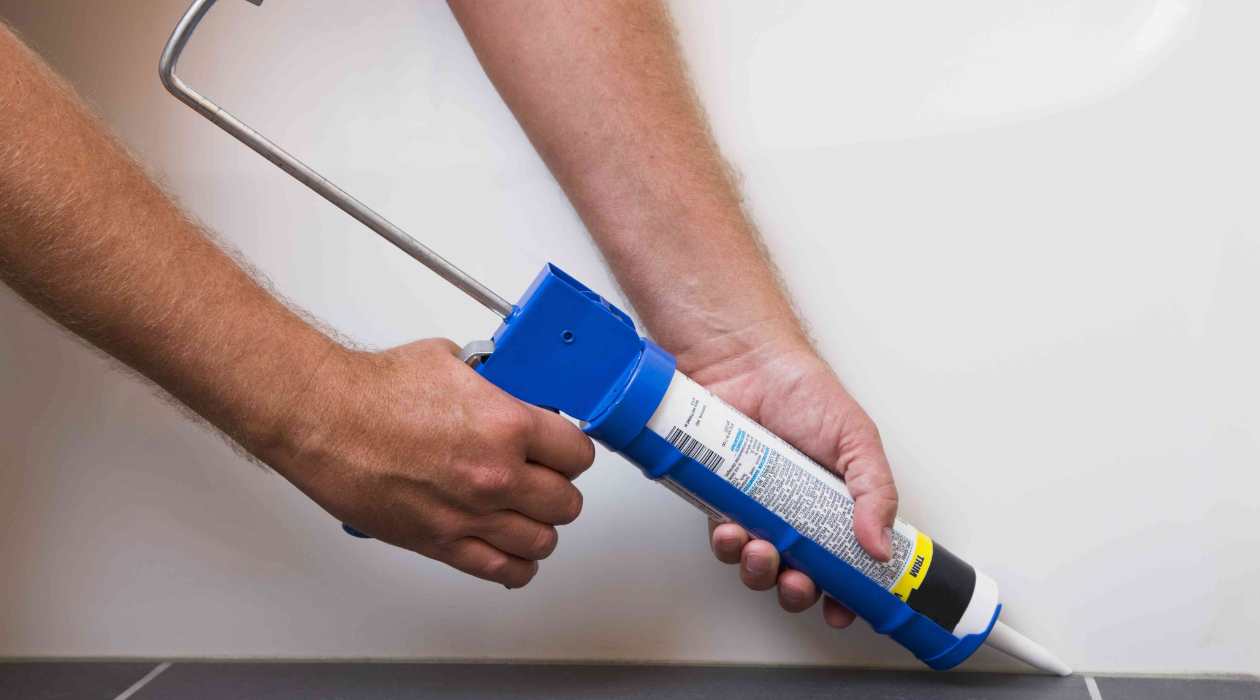
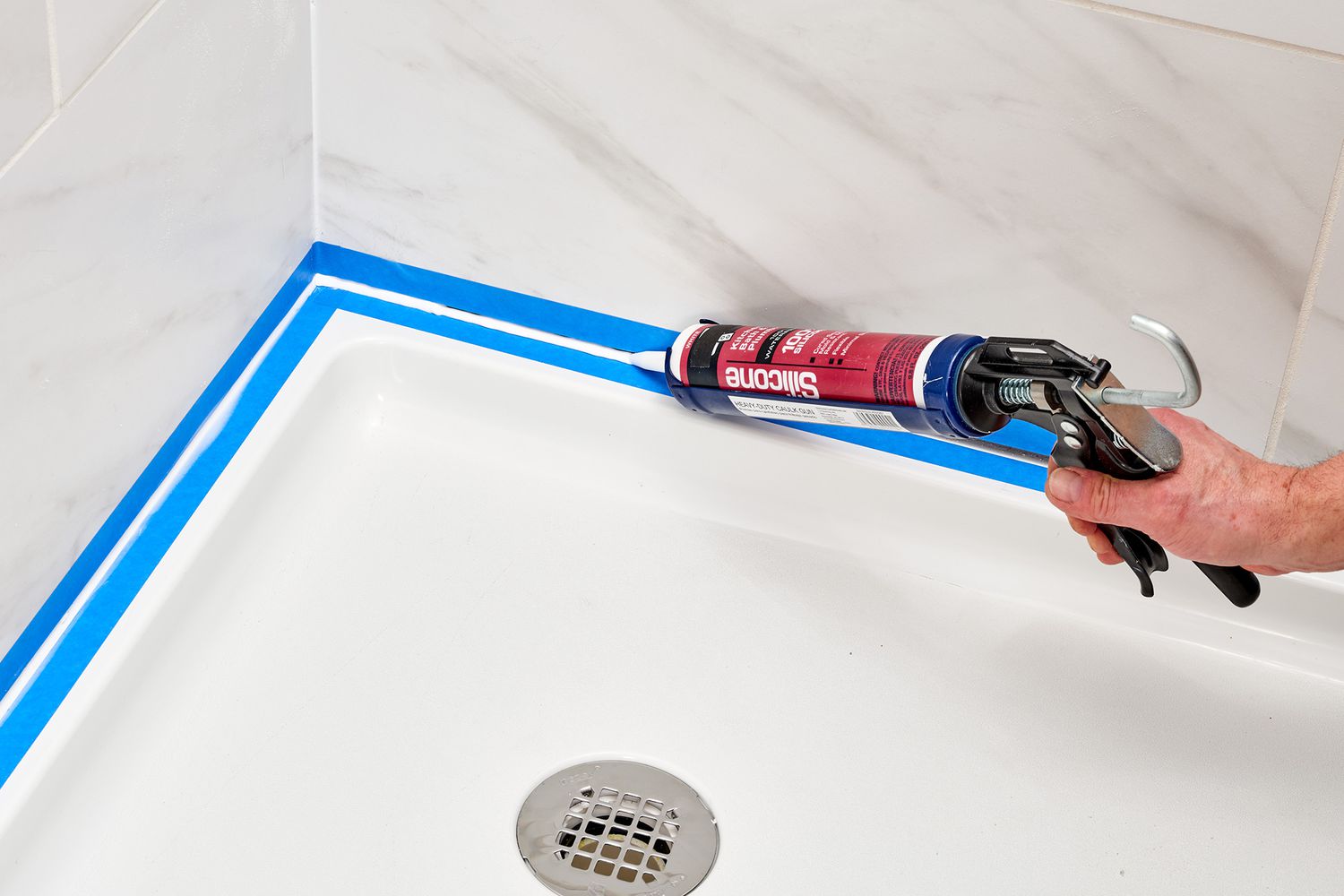
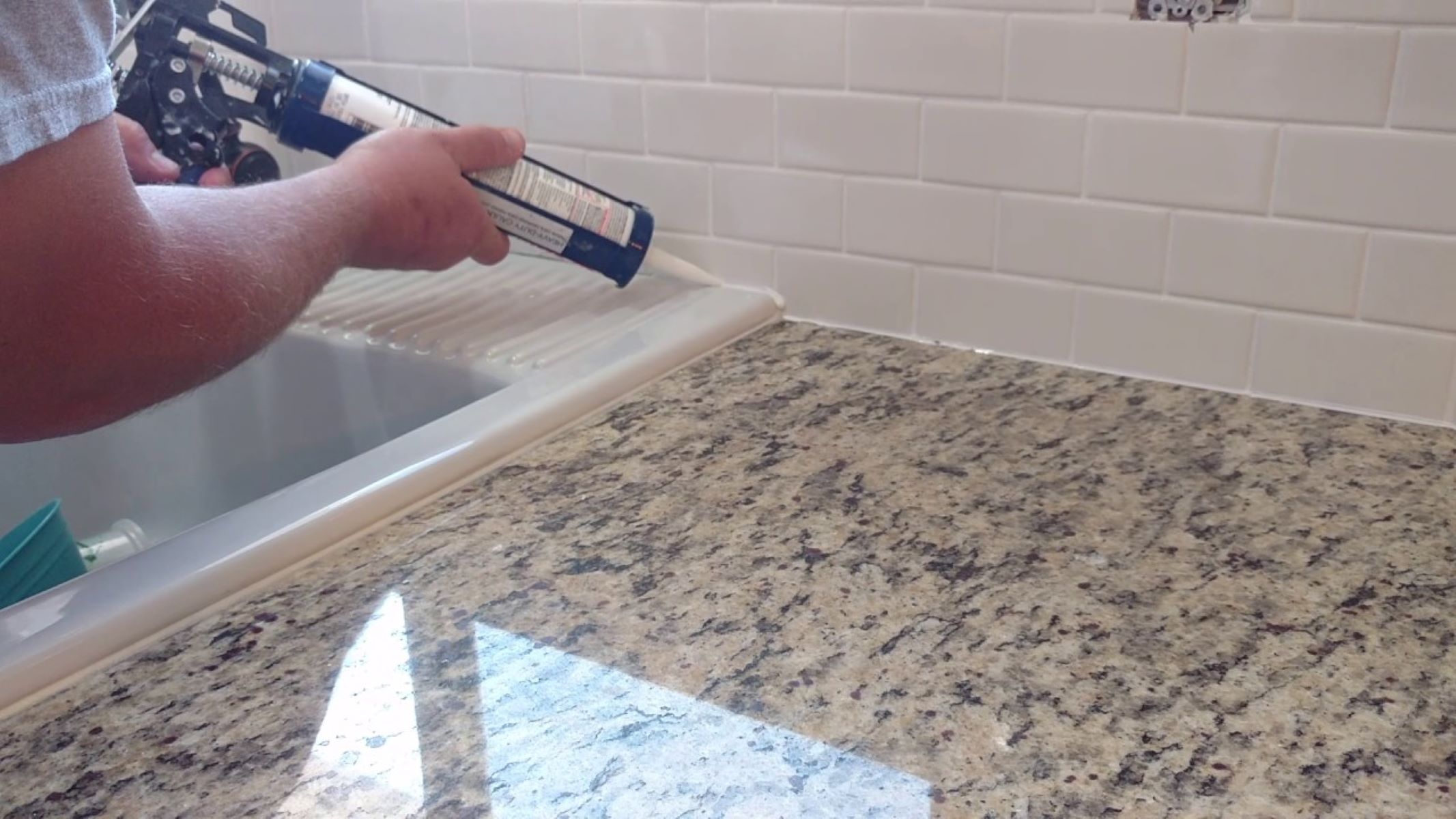
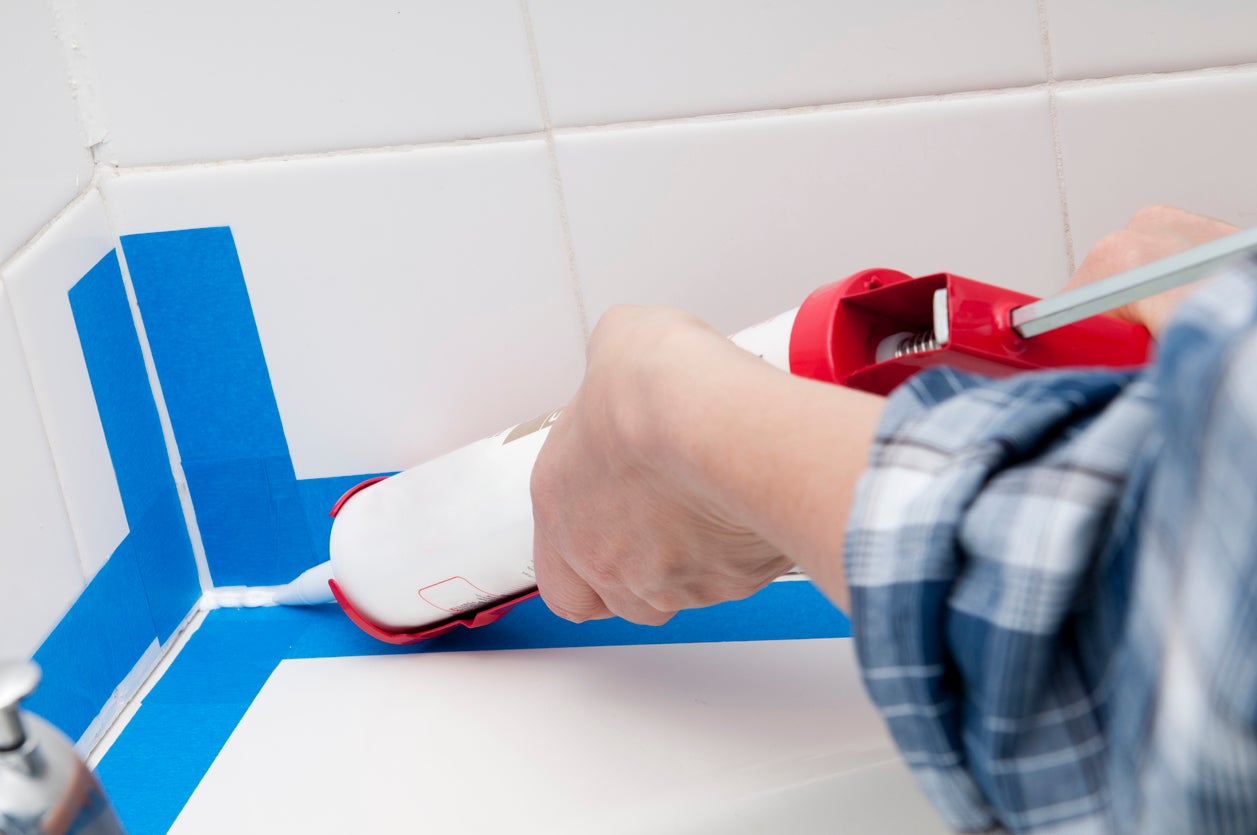
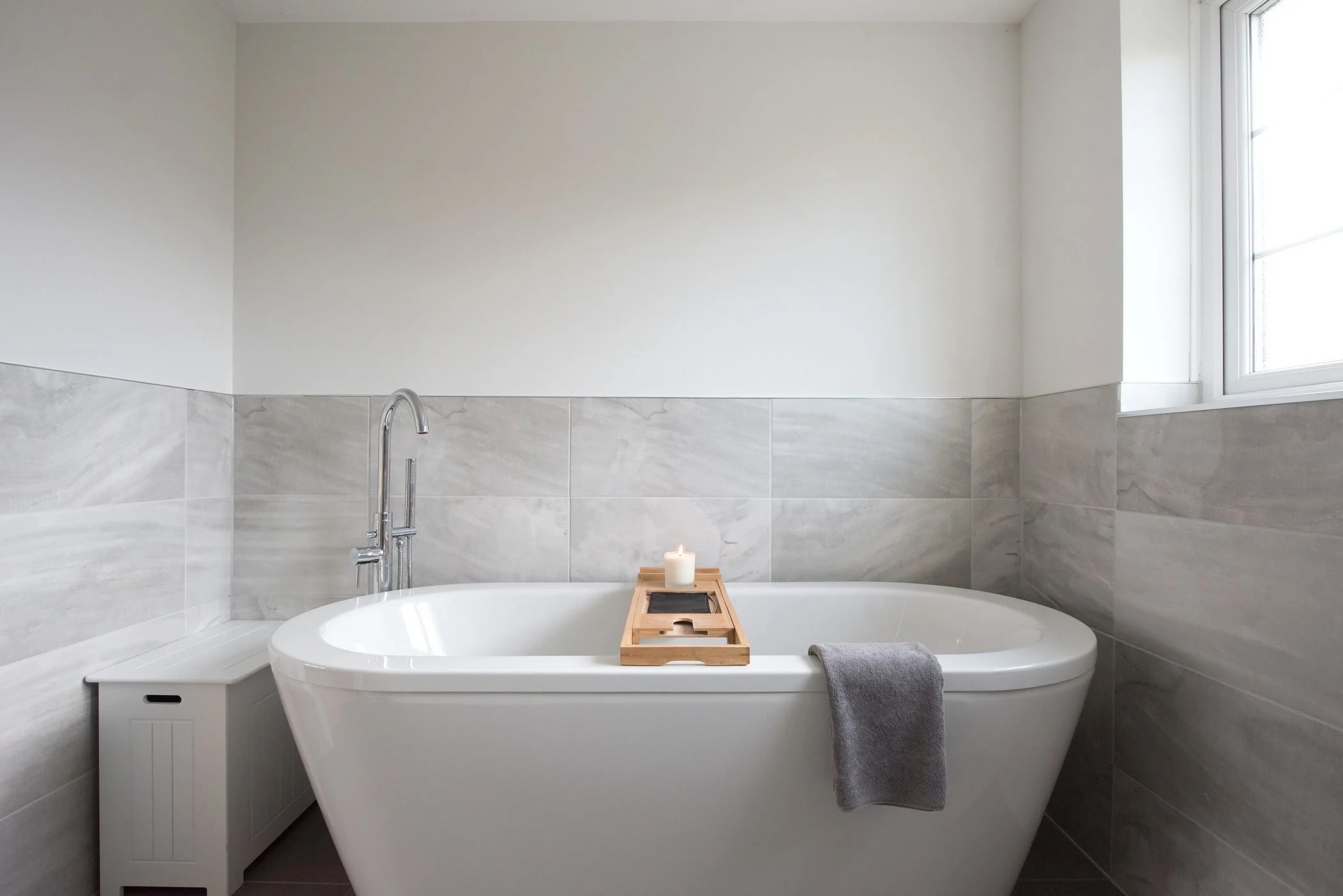
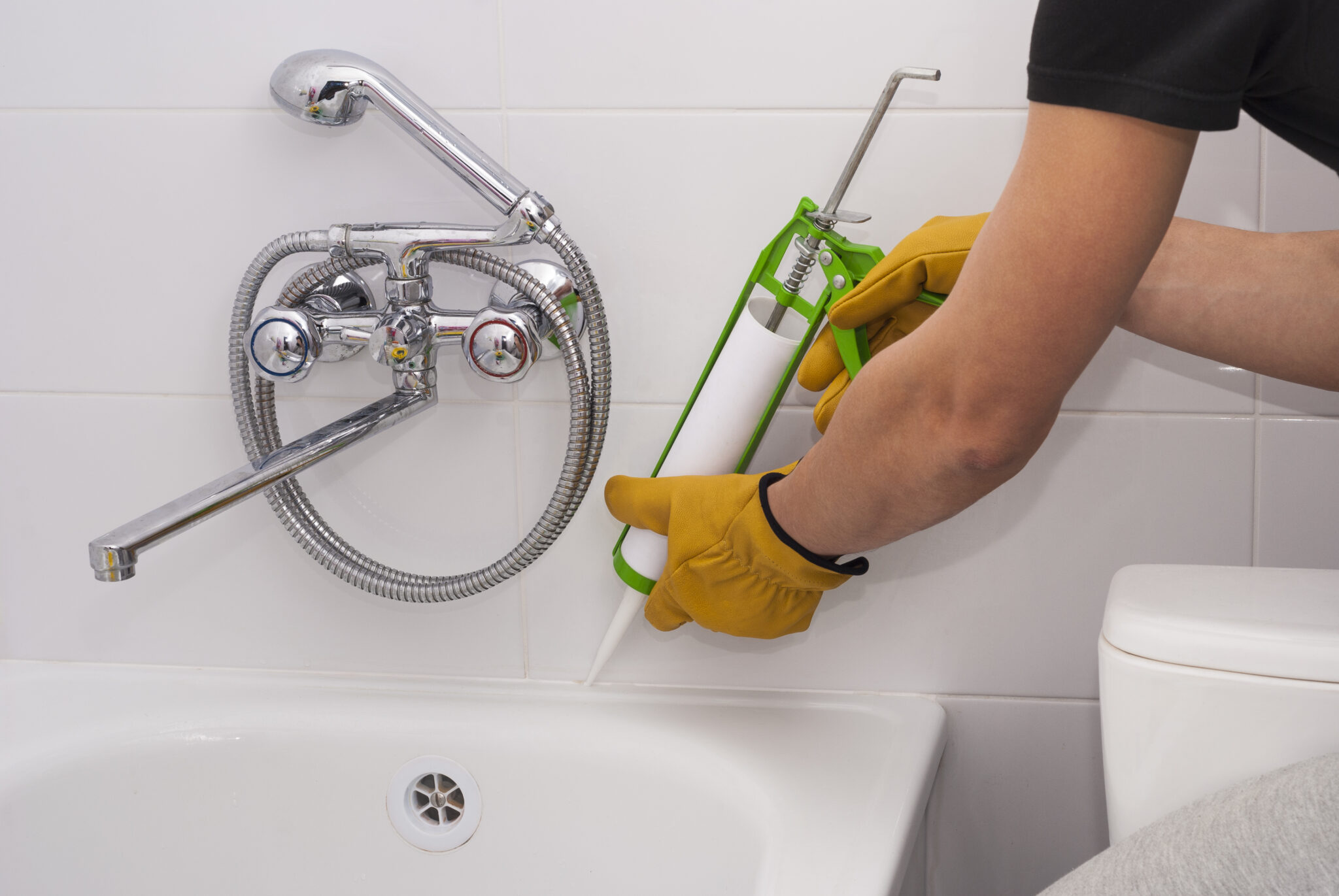
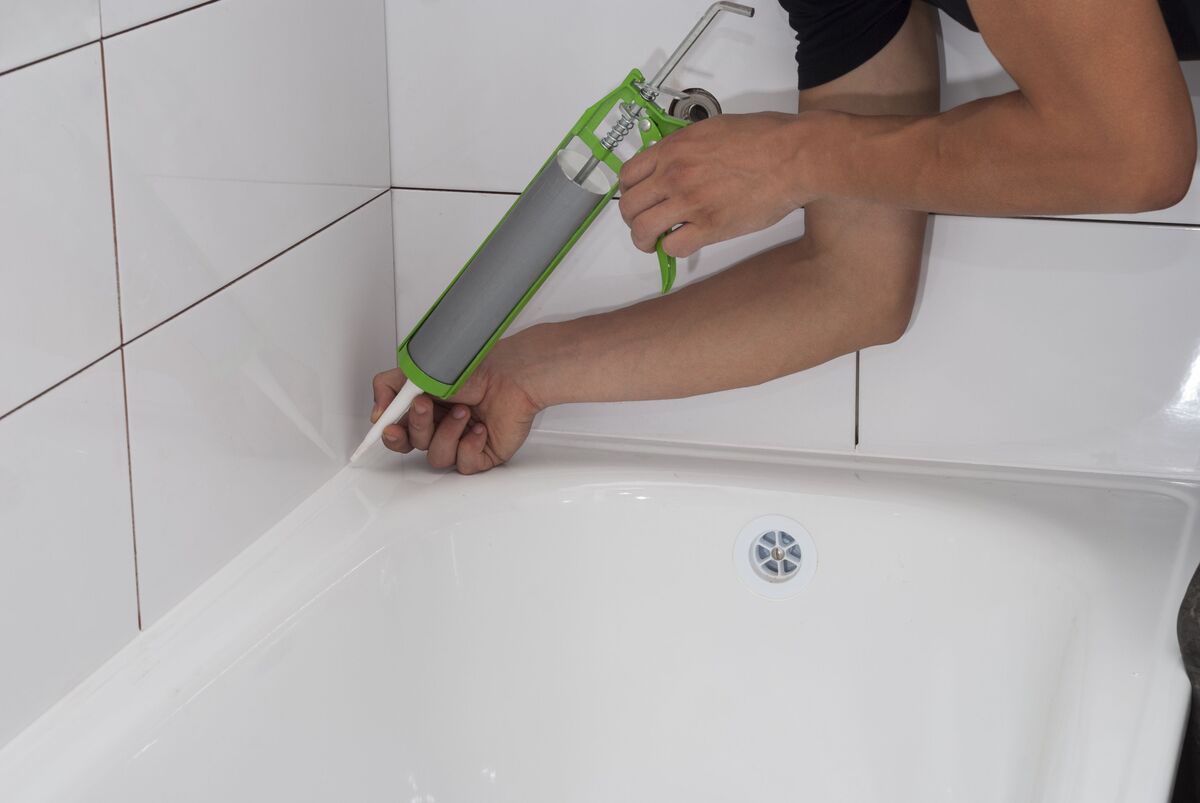
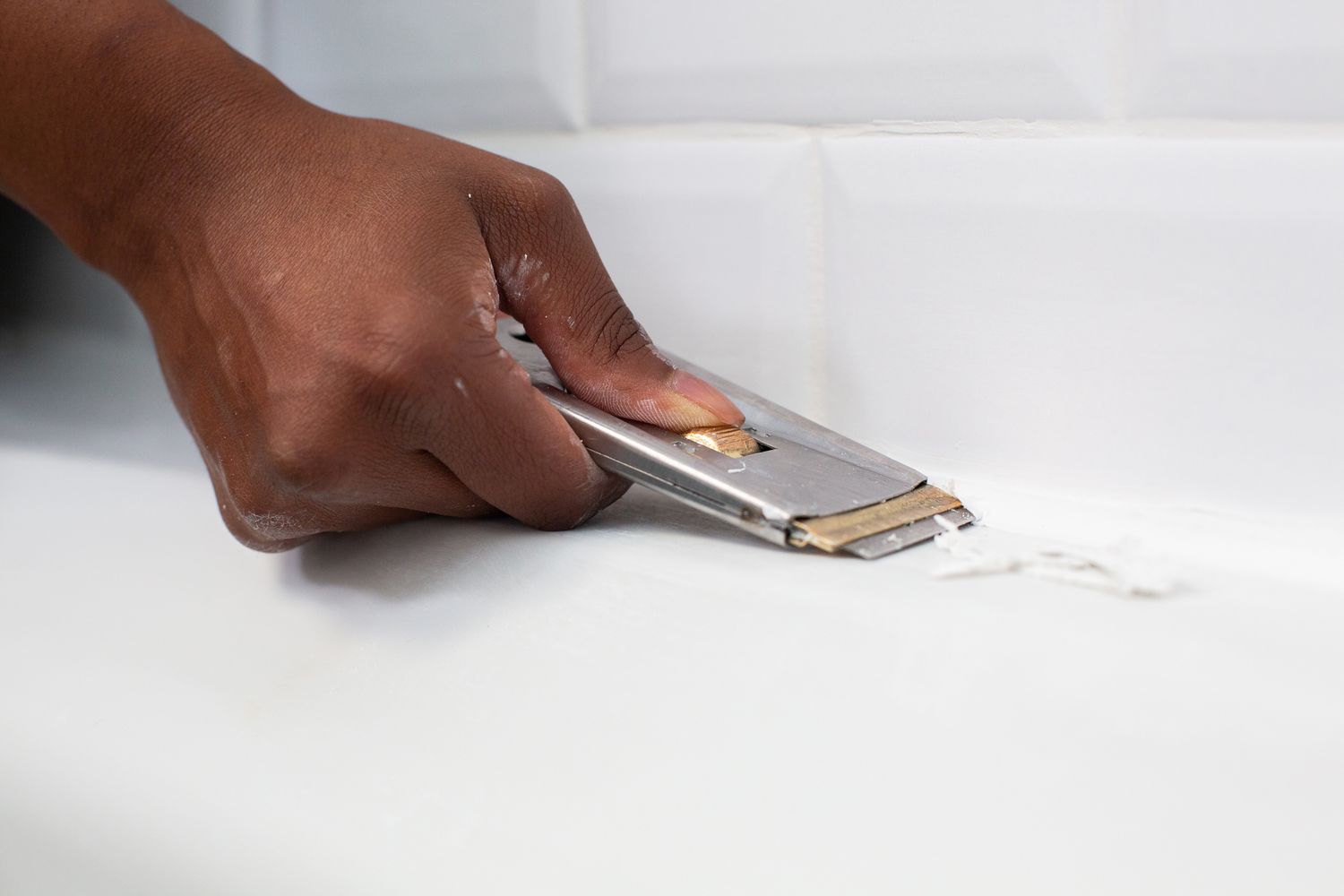
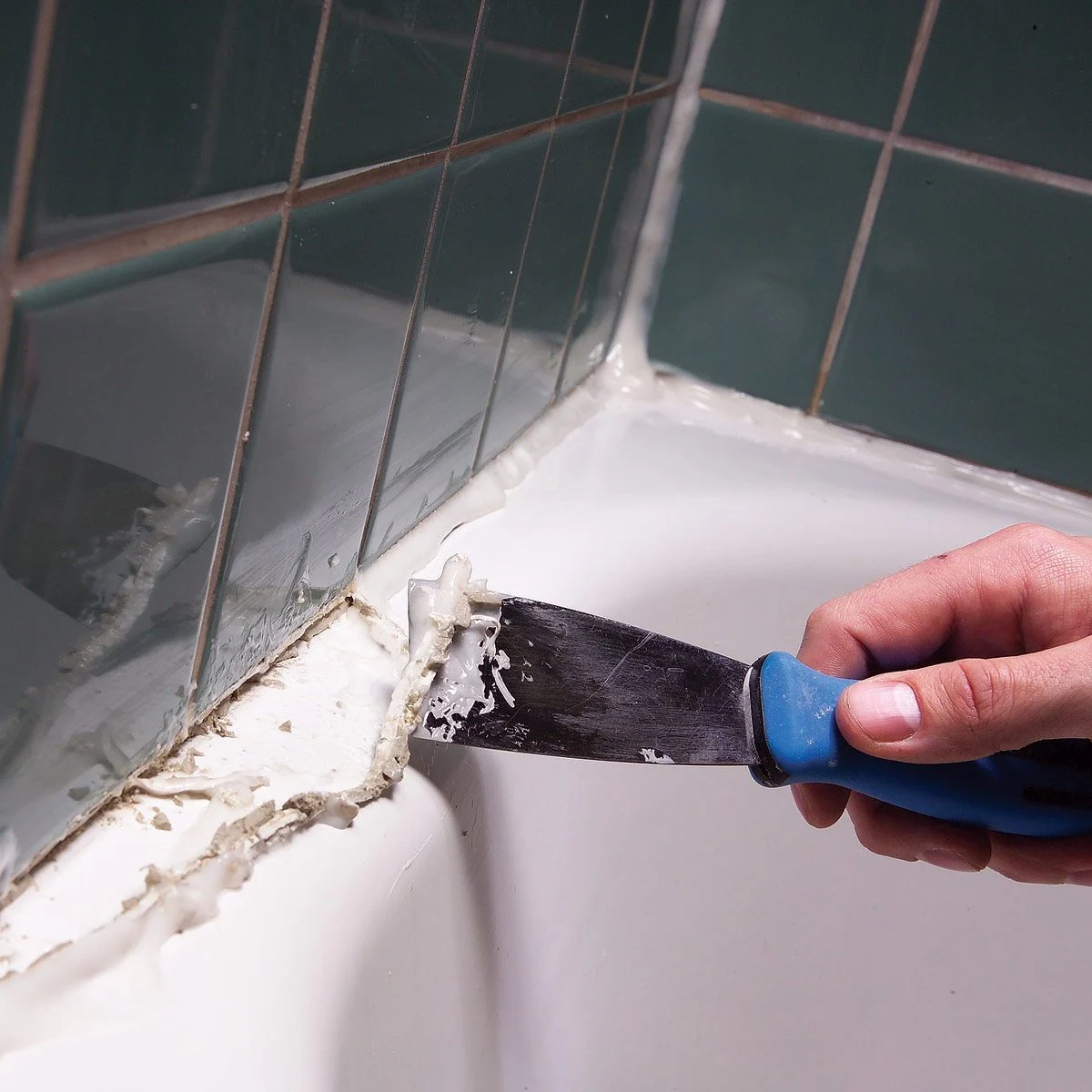
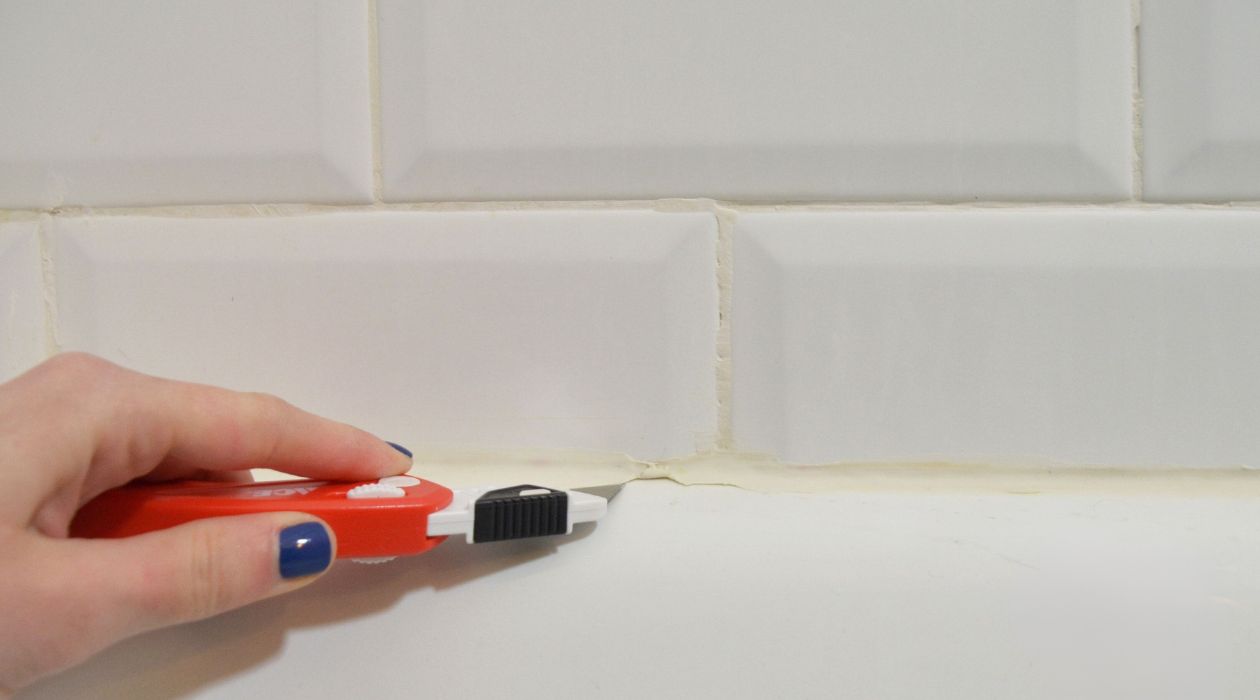
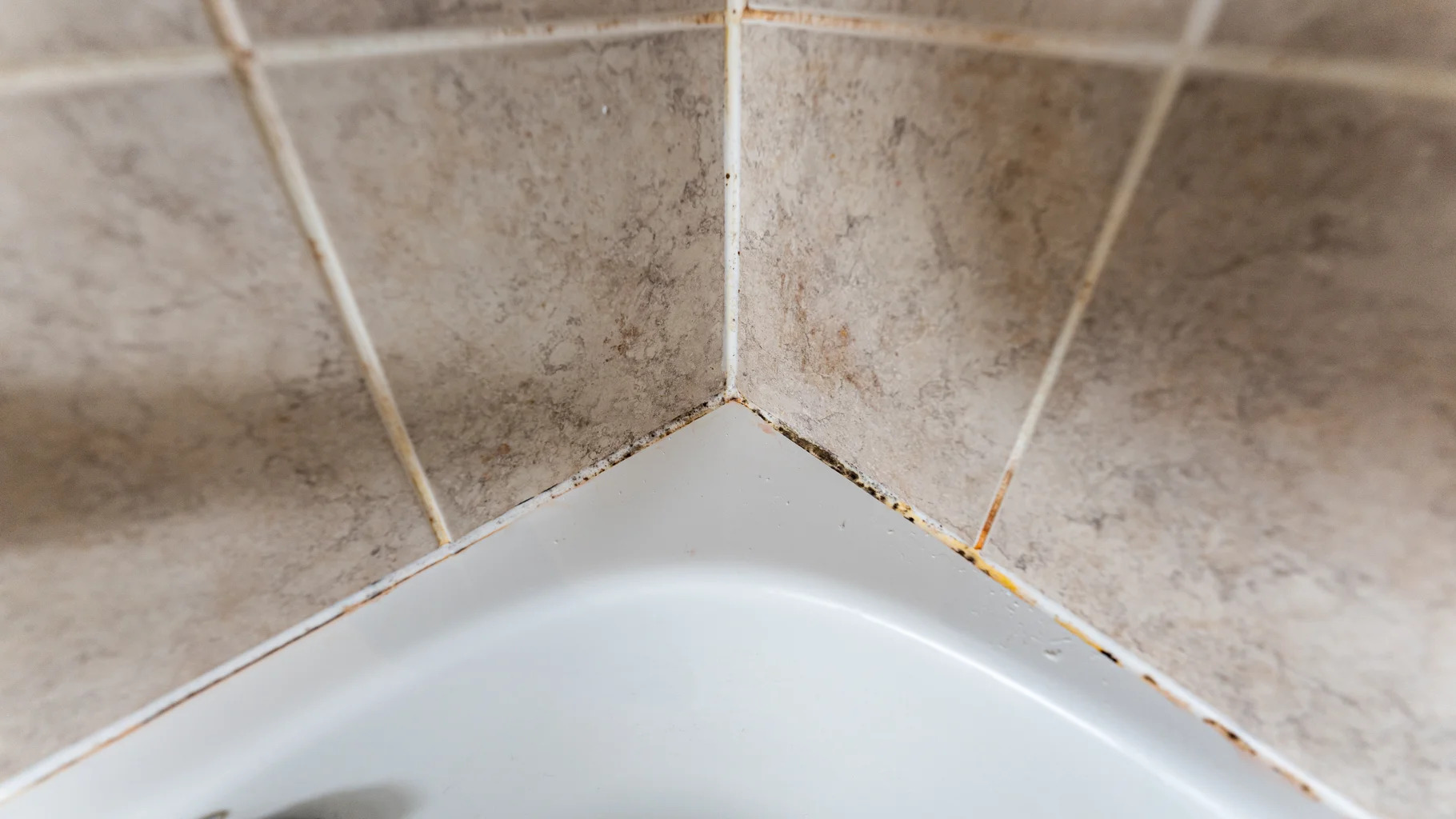

0 thoughts on “What Type Of Caulk For Bathtub”